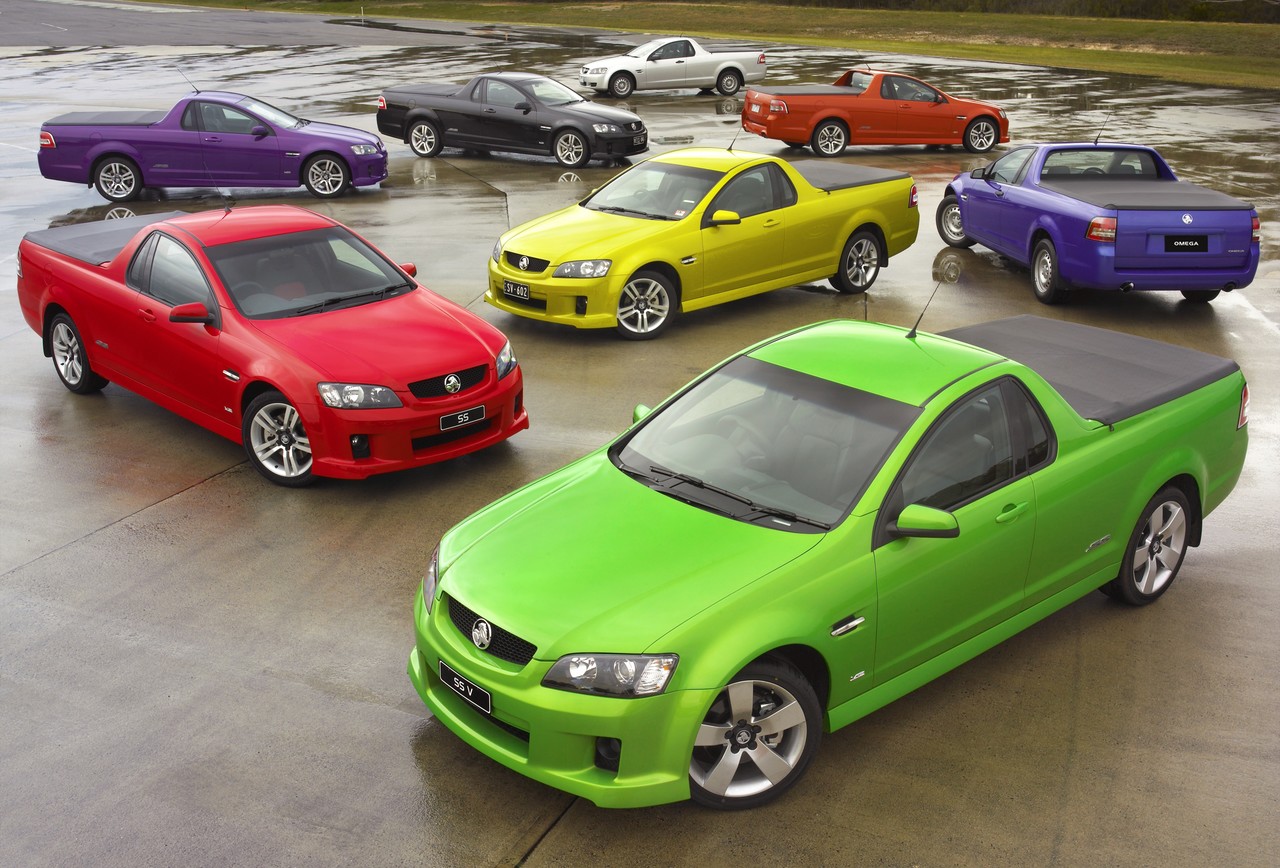 Manufactured in Port Melbourne, Australia, the Holden LW2 ‘Alloytec’ was a dual fuel petrol/LPG V6 engine that was available from October 2005 to 2012. Within General Motors’ ‘Regular Production Option’ (RPO) system, LW2 was the code for the dual fuel HFV6 engine.
Manufactured in Port Melbourne, Australia, the Holden LW2 ‘Alloytec’ was a dual fuel petrol/LPG V6 engine that was available from October 2005 to 2012. Within General Motors’ ‘Regular Production Option’ (RPO) system, LW2 was the code for the dual fuel HFV6 engine.
The LW2 engine was based on the low-output LE0 V6, but differed in that it had:
- a factory-fitted dual fuel system developed by IMPCO;
- different valves; and,
- hardened titanium valve seats.
The Sequential Vapour Gas Injection’ (SVGI) system injected gas directly into the air intake runner, thereby preventing excess gas from circulating through the air intake system. The LPG system used petrol on start-up and automatically switched to LPG (if selected) once the engine had reached operating temperature. The dual fuel system required servicing every 15,000 km to change two filters and perform a leak check. Furthermore, the LPG filling point was positioned above the petrol cap behind the fuel filler door.
Due to their contract with Holden, IMPCO did not provide the system as an aftermarket option.
January 2006 changes
In January 2006, the following changes were introduced for the LE0, LY7 and LW2 engines:
- The top piston ring underwent nitride treatment for greater durability;
- The crankshaft balancer was changed from a three to a six spoke design;
- For Euro III emissions compliance, the engine was detuned, fitted with new fuel injectors and a new catalytic converter; and,
- The camshaft drive chains were changed from a 9.5 mm roller chain to a 7.7 mm inverted tooth design (known as a ‘silent’ or ‘Morse’ chain). In turn, this led to changes in:
- The camshaft, crankshaft and intermediate drive sprocket tooth shapes;
- Camshaft actuators, tensioners, chain idler sprockets and chain guides;
- The front engine covers;
- The camshaft covers; and,
- The camshafts sensors were switched from analogue to digital operation – this resulted in a change to the engine harness connector for these components.
| RPO | Engine | Peak power | Peak torque | Models | Years |
|---|---|---|---|---|---|
| LW2 | 3.6-litre petrol/LPG V6 | 175kW at 6000rpm | 320Nm at 2800rpm | VZ Commodore | 2005 |
| 172kW at 6000rpm | 320Nm at 2800rpm | VZ Commodore | 2006-07 | ||
| 175kW at 6000rpm | 325Nm at 2600rpm | VE Commodore, VE Berlina, VE Ute |
2006-08 | ||
| 175kW at 6500rpm | 318Nm at 2400rpm | VE Commodore, VE Berlina, VE Ute |
2008-12 |
LW2 V6 engine: stretched timing chains
In January 2006, 7.7 mm inverted tooth timing chains were introduced for the LE0, LY7 and LW2 engines, replacing 9.5 mm pitch roller chains. For some – but not all – of these timing chains, the chain links were not manufactured in accordance with design specifications and the chains could become elongated (also known as ‘stretched timing chains’). According to GM Bulletin H08-0601-01, chain elongation was expected to occur in early engine life (i.e. 10,000 kms to 20,000 kms). There have, however, been reports of timing chain elongation occurring at significantly higher kilometres.
Elongation of the timing chains would cause,
- the Malfunction Indicator Lamp (MIL or ‘Check Engine’ light) to illuminate; and
- the ECU to log fault codes P0008, P0009, P0016, P0017, P0018 and P0019 which indicated that camshafts on either bank of the engine were misaligned with the crankshaft.
The engines with timing chains susceptible to elongation were produced from January 2006 to engine build date 18 May 2007 (18/5/2007); this production range corresponded to engine numbers between H053340001 and H071380576.
The typical chain elongation observed was a minimum of 3 mm on a doubled-up chain. Where the timing chains had become elongated, they had to be replaced. The idlers, guiders and tensioners, however, did not require replacement, though the guides should be inspected for any abnormal wear.


